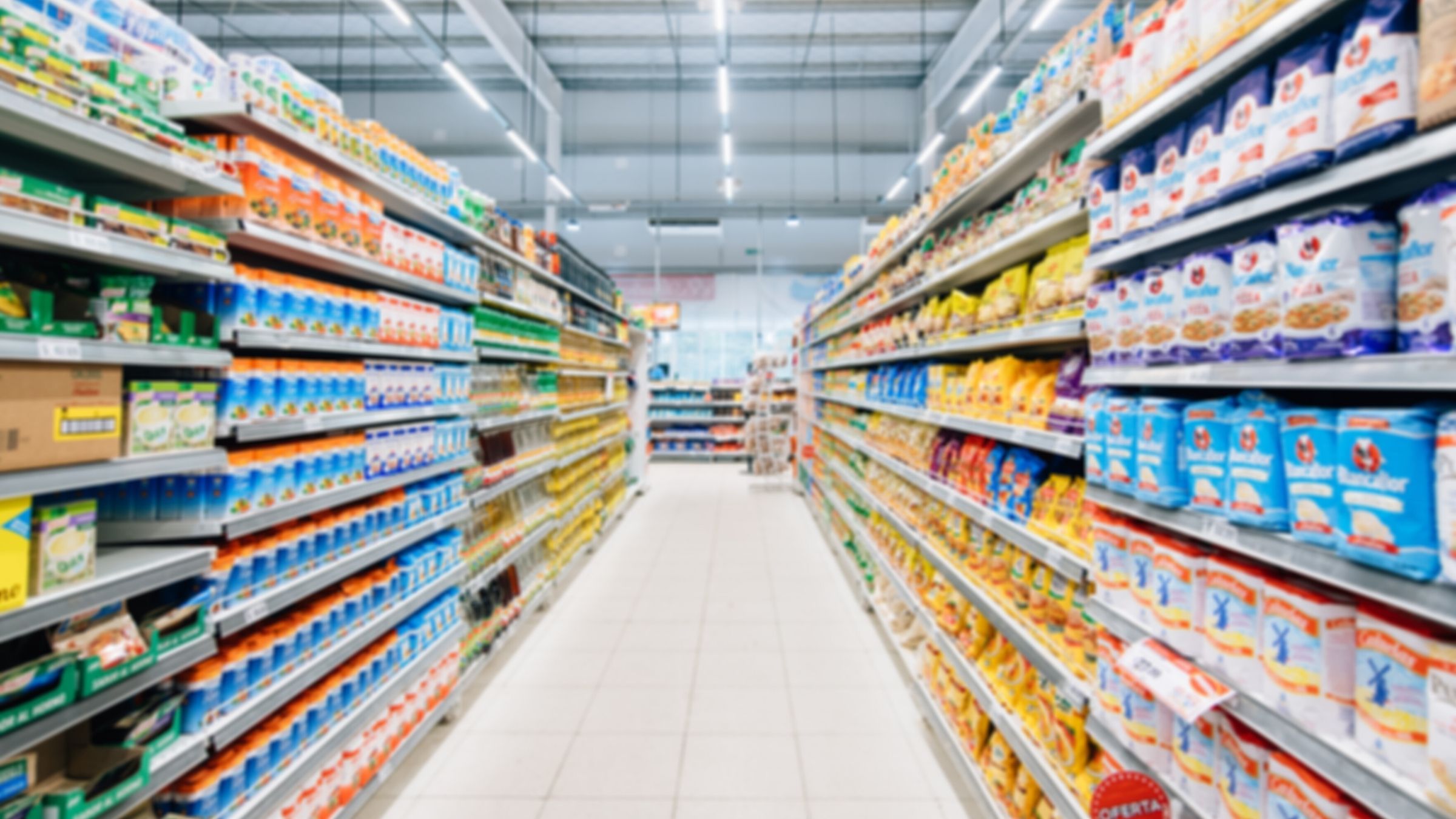
USDA’s Foreign Agricultural Service, FAS, Agricultural Trade Office (ATO) in Miami, hereinafter referred to as “FAS Miami” reports that hit hard by the COVID-19 pandemic (both in terms of public health and economic performance), the
tourism-dependent Caribbean is anxiously awaiting a return to more normal times characterized by growing tourist arrivals, which in many ways are the economic lifeblood of the region.
The Caribbean Basin is a large and highly fragmented
region of the Americas. It is a mix of independent states, overseas departments or dependencies of European countries, and islands that are part of a European kingdom. The region has 4.6 million inhabitants, of which two thirds are concentrated
in five markets: Trinidad and Tobago, Guyana, Guadeloupe, Martinique and The Bahamas. The population is incredibly diverse and is made up of descendants from original native tribes that inhabited the region and people of African, European, Indian,
Middle Eastern, and Chinese descent, among others.
Gross Domestic Product (GDP) ranges from US$710 million in Dominica to US$33.2 billion in Trinidad and Tobago. GDP per capita ranges from US$9,900 in Dominica to US$81,800 in Bermuda.
The economy of Trinidad and Tobago, by far the largest in the region, is based mainly on oil and natural gas. In Guyana, where one of the largest new discoveries of oil in the world was recently made, the country is also banking on oil to propel
its economy forward and serve as a catalyst for much needed development.
In practically all other Caribbean markets, tourism is the driving force behind island economies in terms of revenue generation, employment, and overall
economic well-being. Approximately eight million stopover tourists and 14 million cruise ship passengers visit the region annually. Tourists, particularly stopover visitors, fuel demand for consumer–oriented agricultural products.
U.S. exporters, who supply roughly half of all agricultural products to the Caribbean, saw their sales to the region decline by 10% in 2020. To the extent the pandemic is brought under control and tourists return to the Caribbean in
bigger numbers, economic recovery will gain momentum. U.S. exports of agricultural products totaled US$4.4 billion in 2021, a strong increase of 21% over the prior year. US$2.6 billion were of the consumer oriented variety, which was 59%
of the agricultural total. The region also imported over US$1.5 billion in processed food products in 2021, which is an increase of 10%.
Top U.S. processed food products exported to the Caribbean in 2021 included:
The Caribbean is a natural market for U.S. exporters. Caribbean importers have a long history of doing business with the U.S. Their strong interest in U.S. products is mainly due to close proximity, long-standing reputation of high quality
products, and superior quality of service. In fact, many local importers have noted that competitors are not able to match their U.S. counterparts in terms of product quality and reliability. The regulatory environment in the islands is
also quite receptive toward U.S. products. Given these favorable conditions, it is no surprise that the U.S. is the largest supplier of food products to the Caribbean.
A crucial part of doing business with Caribbean importers is building
a relationship with a consolidator in South Florida (and in New York/New Jersey for those seeking to export to Bermuda). Since some large resorts and supermarket chains often order larger shipments directly from suppliers, the main resource
for small and medium-sized U.S. suppliers are local importers/wholesalers. These importers/wholesalers will work with prospective U.S. suppliers to meet local standards and regulations and find the best distribution channel. They are also
likely to stay informed of changing regulations and duties on food and beverage products.
U.S. brands are well recognized and in high demand by Caribbean consumers. Exposure to U.S. food and culture through television, travel, and U.S.
food franchises present in the region greatly influence local preferences. Furthermore, due to increased access to technology and social media, Caribbean consumers (particularly the younger generations) keep up-to-date with the latest consumer
trends taking place in the United States and around world. This, in turn, further influences consumer preferences.

“All of Food Export's programs were a tremendous help getting us export ready, understanding the challenges that come with international business, and learning how to navigate them.
Katz Gluten Free
Food Export-Northeast Participant since 2018
Euromonitor has indicated that the market size of the packaged food retail business in The Caribbean Basin will reach US$7 billion in 2022, an increase of 17.1% from 2018, or US$1 billion. They also forecast growth of 32.2% to 2026, or another US$2.3
billion during the period for a total of US$9.3 billion from 2022.
High growth categories in the forecast include:
According to Euromonitor, the Caribbean retail food sector is comprised of over 16,000 outlets of which traditional groceries make up nearly 90%. Large and modern supermarkets and hypermarkets, despite accounting for only four percent of total retail
outlets, make up over 50% of grocery retail sales compared to 28% from traditional grocery retailers/outlets. Discounters, convenience stores and forecourt retailers make up the remainder of retail sales. Total Caribbean retail grocery sales increased
from US$8.9 billion in 2019 to US$9.5 billion in 2020, largely due to the COVID-19 lockdown and the related surge in demand for retail foods.
FAS Miami reports that most retail grocery stores/outlets in the Caribbean are made up of one
or two small outlets operating in a single country. There are also a handful of grocery outlets with multiple stores that dominate one particular market. Such is the case with Foster’s in the Cayman Islands, Graceway Supermarkets in Turks
and Caicos Islands, and Rite Way Supermarkets in the British Virgin Islands.
There is also a significant amount of large retailers with multiple stores spread across several islands. The largest of these is Massy Stores, a regional retailer
with over 40 stores in five countries (Trinidad and Tobago, Barbados, St. Lucia, St. Vincent and the Grenadines, and Guyana). Its sister company, Massy Distribution, a large import-distribution business, operates in several countries in the
region and has an export business located in Miami.
International retailers such PriceSmart, Cost-U-Less, and Van den Tweel Supermarkets also operate modern supermarkets and warehouse club stores in several islands. In the French islands
of Guadeloupe and Martinique, French retailers Carrefour, EcoMax, and Leader Price have a dominating presence in the market. Carrefour is also the largest retailer in Sint Maarten and has a store in Curacao as well.
The United States has
a 49.6% share of the Caribbean’s market for imported consumer-oriented food and beverage products. In 2020, U.S. exports of consumer-oriented products to the region totaled $1 billion. The next closest competitor is the EU with US$378.2 million
in exports (18.3%), followed by Brazil with US$103.3 million (5%), New Zealand with US$95 million (4.6%), and the United Kingdom with US$94.6 million (4.6%).
Best Product Prospects:
FAS Miami reports that given
the Caribbean’s limited domestic food production, the region relies heavily upon imports of all types of food and beverage products. Thus, there are excellent opportunities for the full range of retail products in the Caribbean. Challenging
economic conditions stemming from the Covid-19 pandemic, coupled with several years of limited growth and high unemployment, could create opportunities for value products. Niche products, especially in the healthy foods category, also show good potential.
In 2020 the top five import categories were dairy products, poultry meat and products (excluding eggs), bakery goods/cereals/pasta, soups and other food preparations, and beef and beef products. These five categories represented 46% of consumer-oriented
product imports. U.S. market share in the top 10 categories of imported consumer-oriented products ran between 31% and 69%.
Your Connection To Growth®
©2023 Food Export Association of the Midwest USA and Food Export USA–Northeast. All Rights Reserved.
